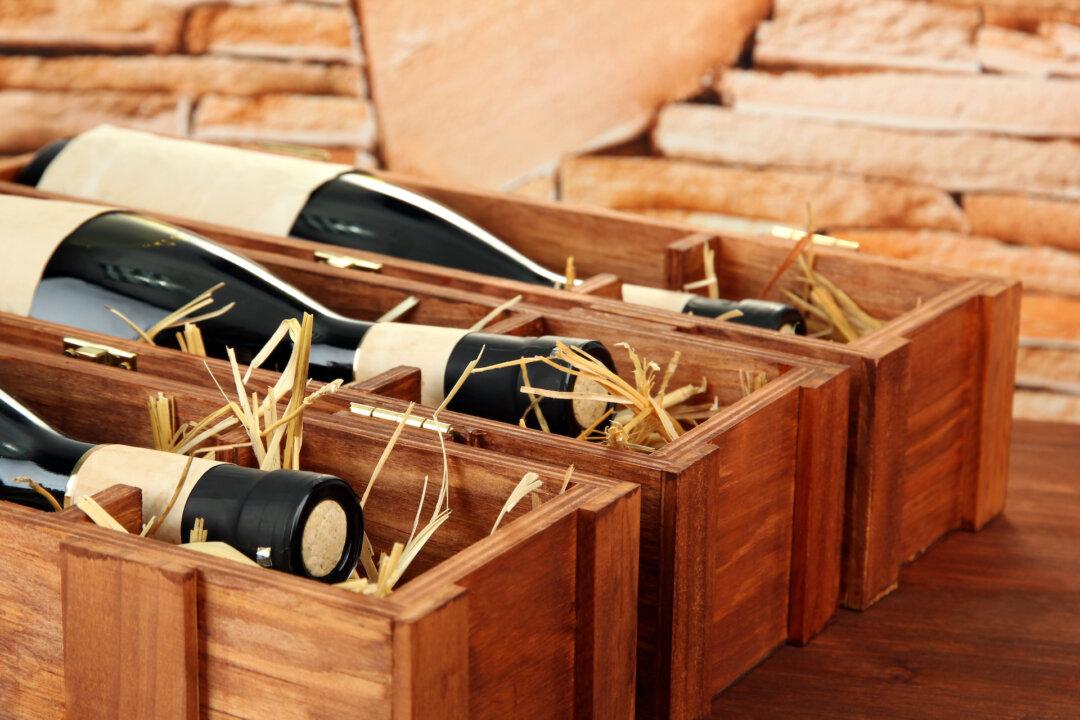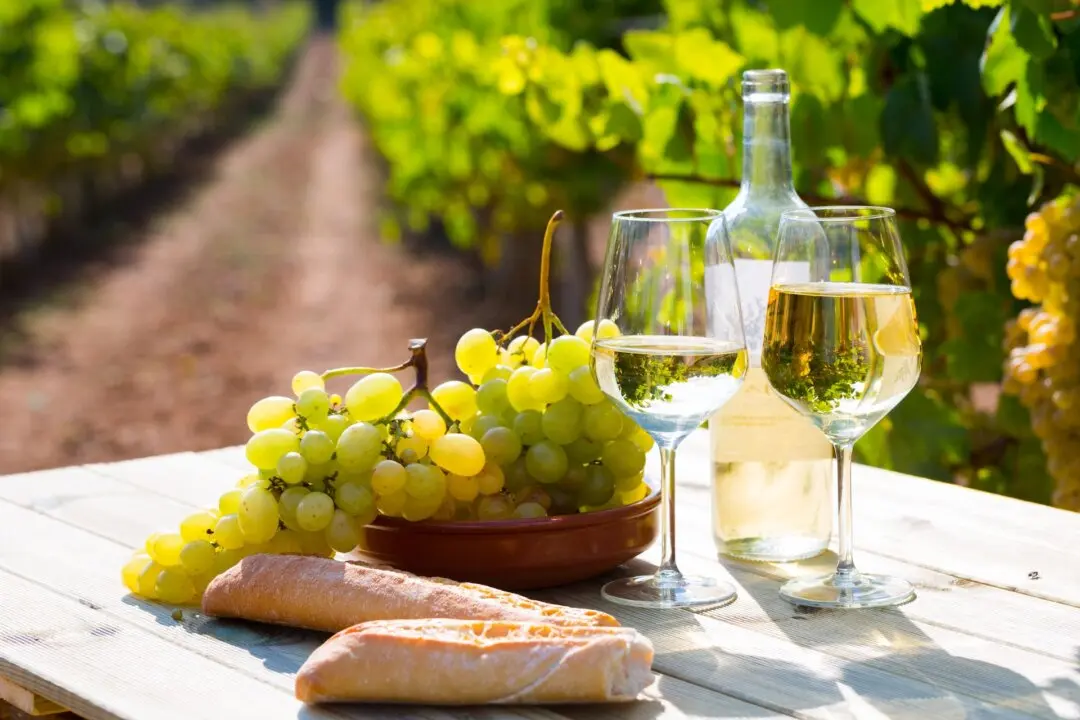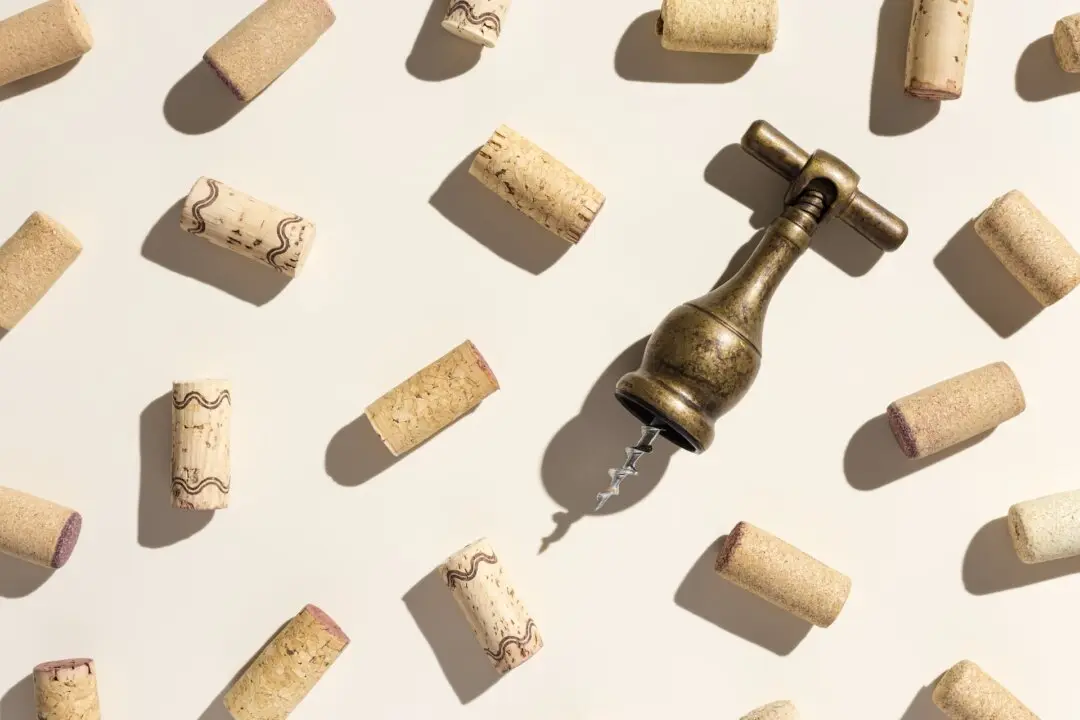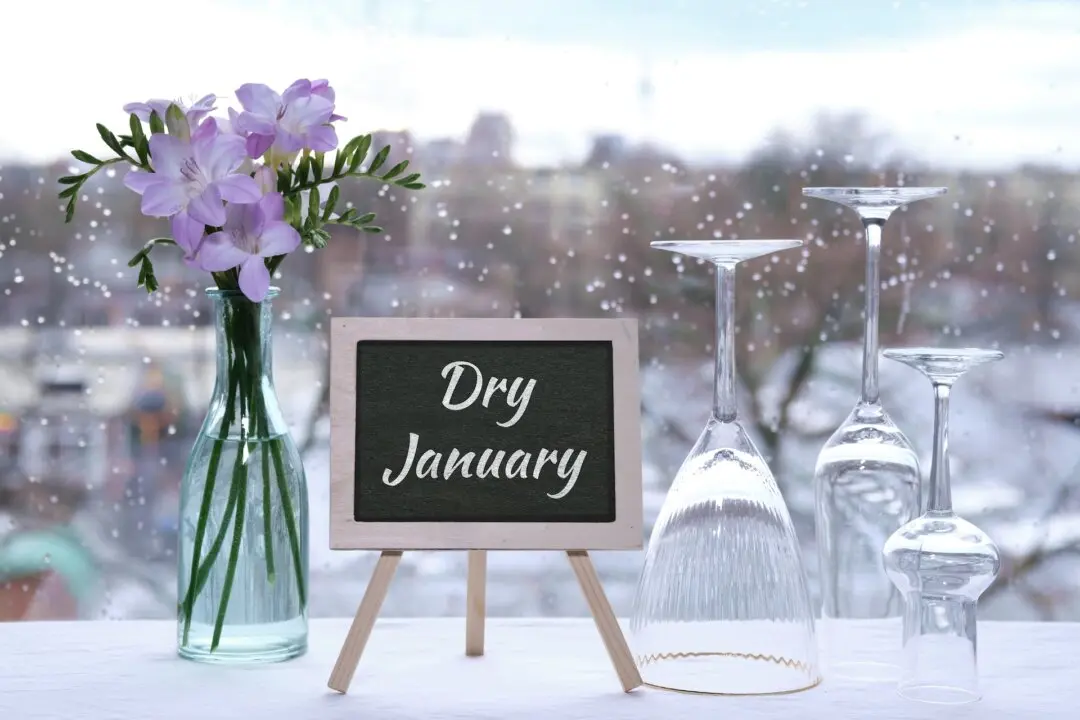When a car company decides to make a major change in the way an updated model’s engine is designed to operate, more than likely the vehicle also gets a major change in how it looks.
Cosmetic changes do have a way of attracting new buyers, some of whom are so in love with the new image or color schemes that they could not care less about how the car performs. But most buyers are eager to learn about the additional performance features.





